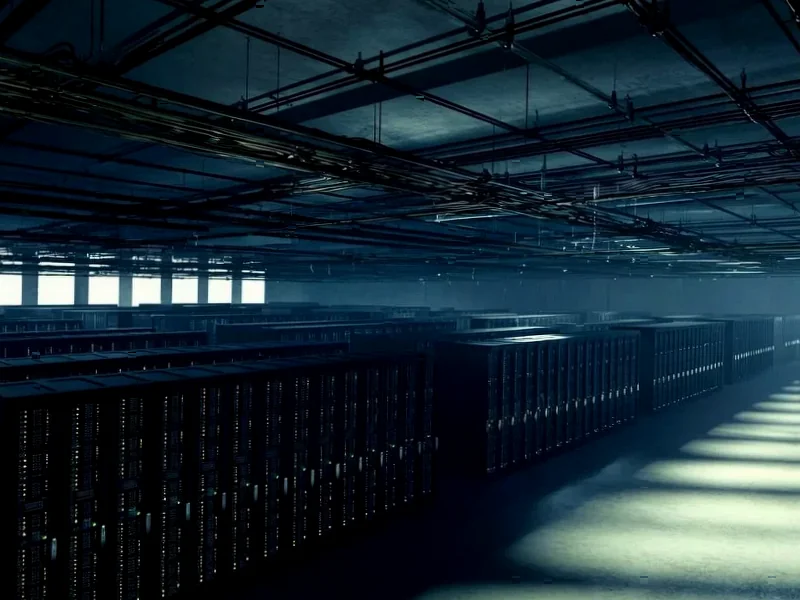According to Financial Times News, the AI bubble has reached its “fried chicken” phase after photos of Nvidia CEO Jensen Huang dining with Samsung’s Jay Y Lee and Hyundai’s Chung Euisun at Kkanbu Chicken in Seoul went viral, triggering absurd market reactions. Shares of rival chicken chain Kyochon F&B surged 20%, poultry processor Cherrybro Co. jumped 30% with trading volume 200 times average, and chicken-frying robot maker Neuromeka Co. also rallied. Meanwhile, Bloom Energy stock has gained 1,166% over 12 months to a $30 billion valuation despite projected pre-tax profits of just $83.5 million. Morgan Stanley analysts warn the AI industry has become “increasingly circular” with suppliers funding customers and revenue-sharing agreements creating opaque economics that obscure true demand.
Table of Contents
The Unmistakable Pattern of Market Manias
What we’re witnessing with AI stocks follows the same psychological pattern that drove tulip mania in 17th century Holland and the railway manias of the 19th century. The common thread isn’t just irrational exuberance but what economists call “the greater fool theory” – investors buying overvalued assets believing they can sell to someone even more optimistic. The fried chicken episode particularly echoes the Poyais scandal of the 1820s, where investors poured money into a fictional Central American country based entirely on fabricated stories and charismatic promotion rather than underlying value.
The Dangerous Illusion of Circular Economics
Morgan Stanley’s warning about “increasingly circular” AI economics reveals a fundamental structural weakness. When suppliers fund customers who then buy from those same suppliers, it creates artificial demand that masks the true market appetite. This isn’t sustainable growth – it’s financial engineering that resembles the vendor financing schemes that exacerbated the 2000 dot-com crash. The revenue-sharing arrangements and repurchase agreements create a house of cards where everyone appears profitable until the music stops. What’s particularly concerning is how these arrangements cloud revenue quality and make it impossible to distinguish genuine customer demand from financial engineering.
Why Korean Markets Are the Canary in the Coal Mine
The Korean retail trader phenomenon isn’t just a quirky sidebar – it’s a critical indicator of bubble psychology. Korean markets have historically been leading indicators of speculative excess, partly due to their high retail participation and technological enthusiasm. When casual dining photos can move markets this dramatically, it suggests we’ve moved beyond rational investment into social media-driven speculation. The parallel with Japan’s 1980s bubble is striking, where real estate valuations became completely detached from fundamentals based on collective belief rather than economic reality.
The Nvidia Celebrity CEO Phenomenon
Jensen Huang’s transformation into a market-moving celebrity reflects another classic bubble characteristic – the charismatic leader whose mere presence can validate investments. This isn’t fundamentally different from the dot-com era when Pets.com and other questionable ventures attracted massive investment based on hype rather than business models. The danger arises when markets stop analyzing technology and start following personalities. Nvidia undoubtedly produces remarkable technology, but when its CEO’s dinner choices move unrelated stocks, we’ve entered territory where narrative has replaced analysis.
The Coming Reality Check
The most dangerous aspect of this bubble phase isn’t the absurd valuations but the structural weaknesses being built into the AI ecosystem. The circular financing arrangements mean that when one major player stumbles, the entire house of cards could collapse simultaneously. Unlike previous technology bubbles where failures were relatively contained, the interconnected nature of today’s AI ecosystem – with automakers, chip manufacturers, and energy companies all entangled in complex financial arrangements – creates systemic risk. The coming correction won’t just wipe out speculative retail investors but could trigger cascading failures throughout the technology supply chain.
Related Articles You May Find Interesting
- The Compliance Countdown: Defense Contractors Face Cybersecurity Reckoning
- Oslo’s Climate Tech Revolution: From Fjords to Food Systems
- Beyond the AI Hype: How Trading Firms Actually Use Artificial Intelligence
- The GENIUS Act: Stablecoin’s Regulatory Revolution Begins
- South Africa’s EV Skills Gap: A Race Against Time



